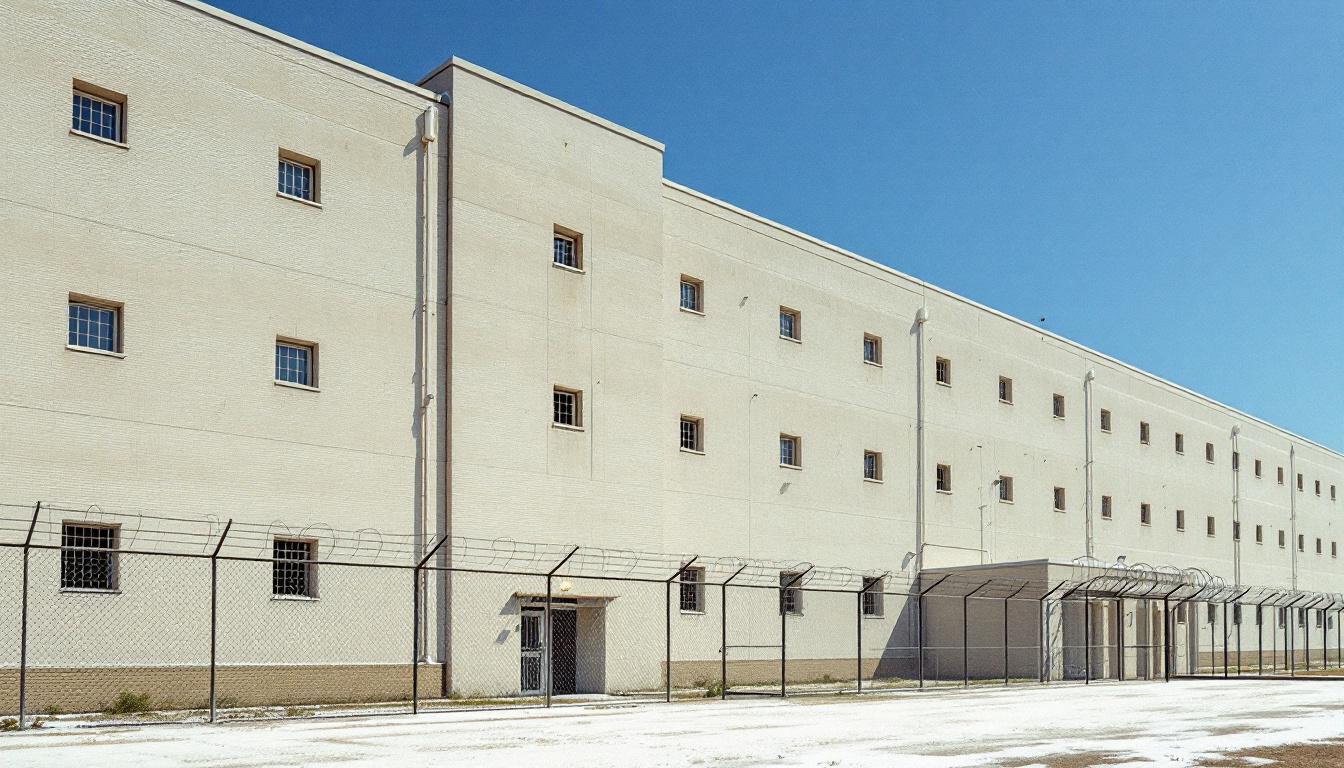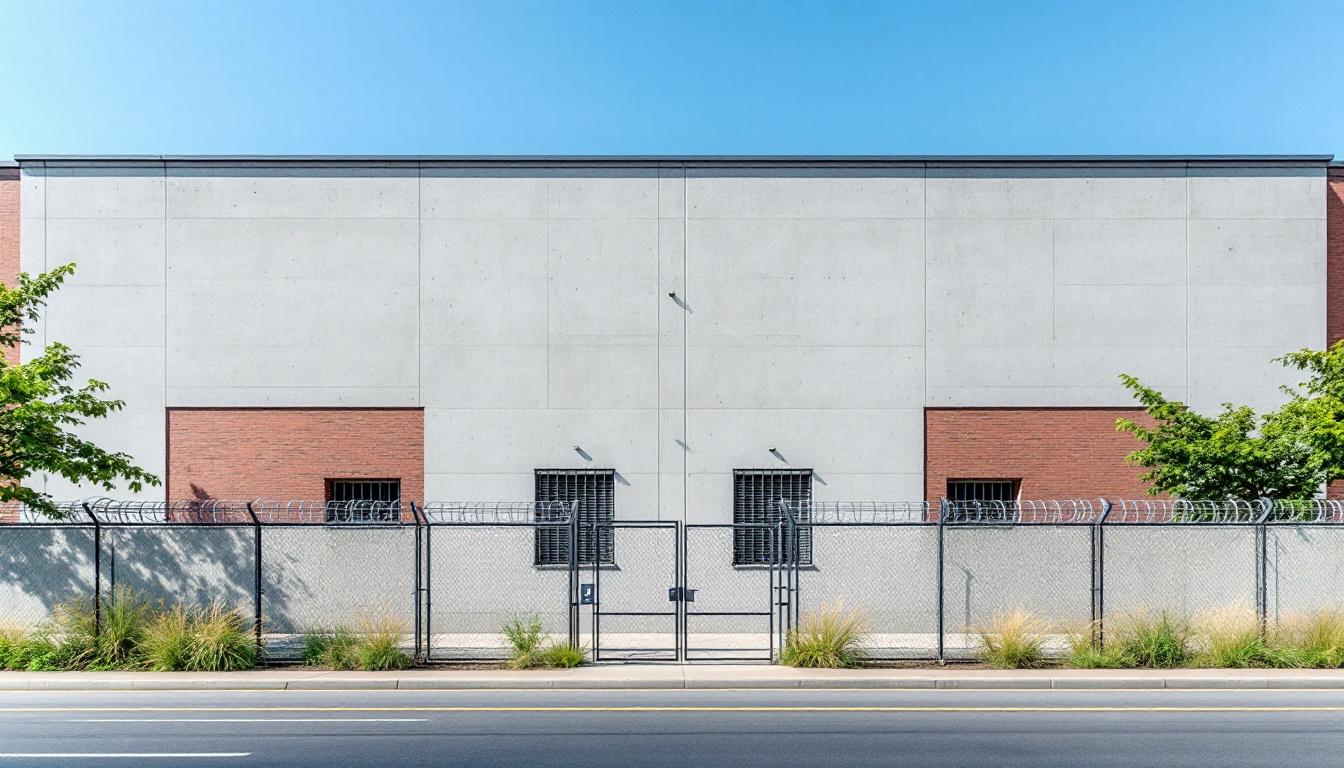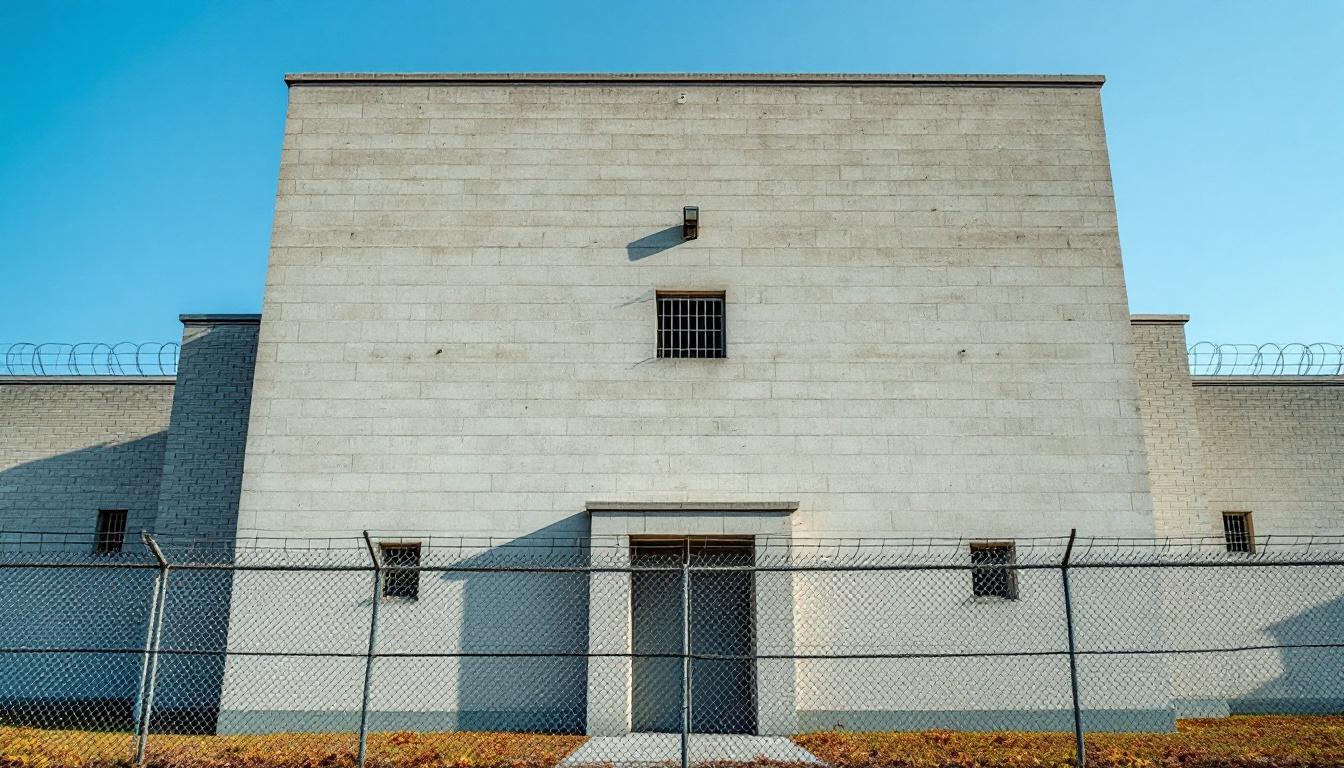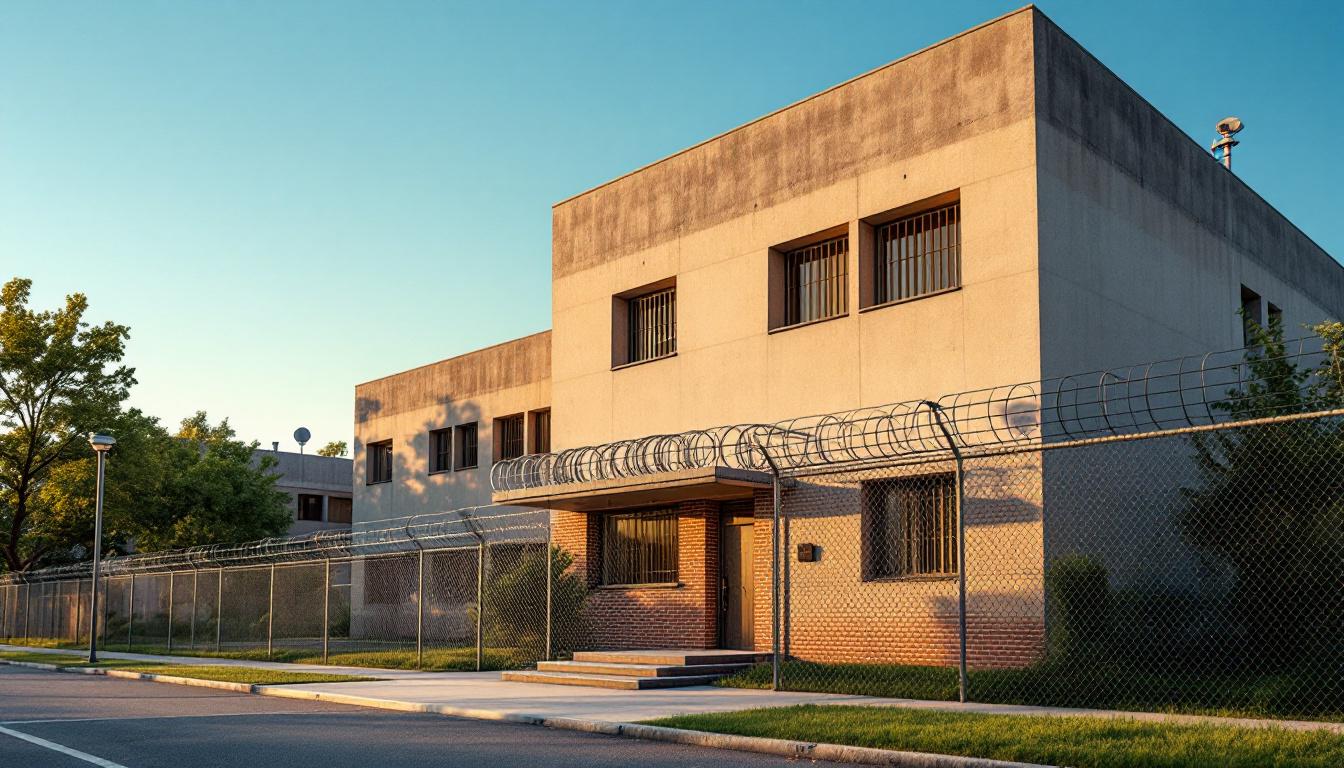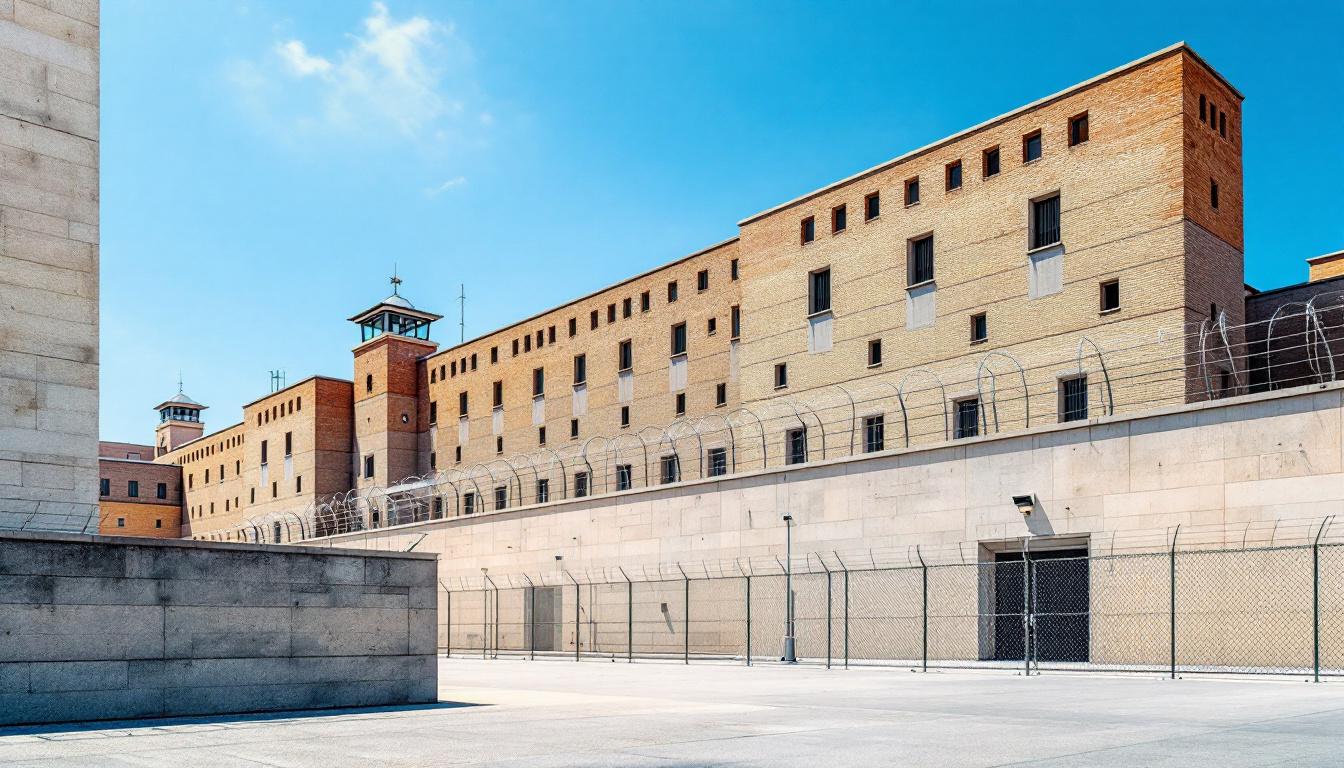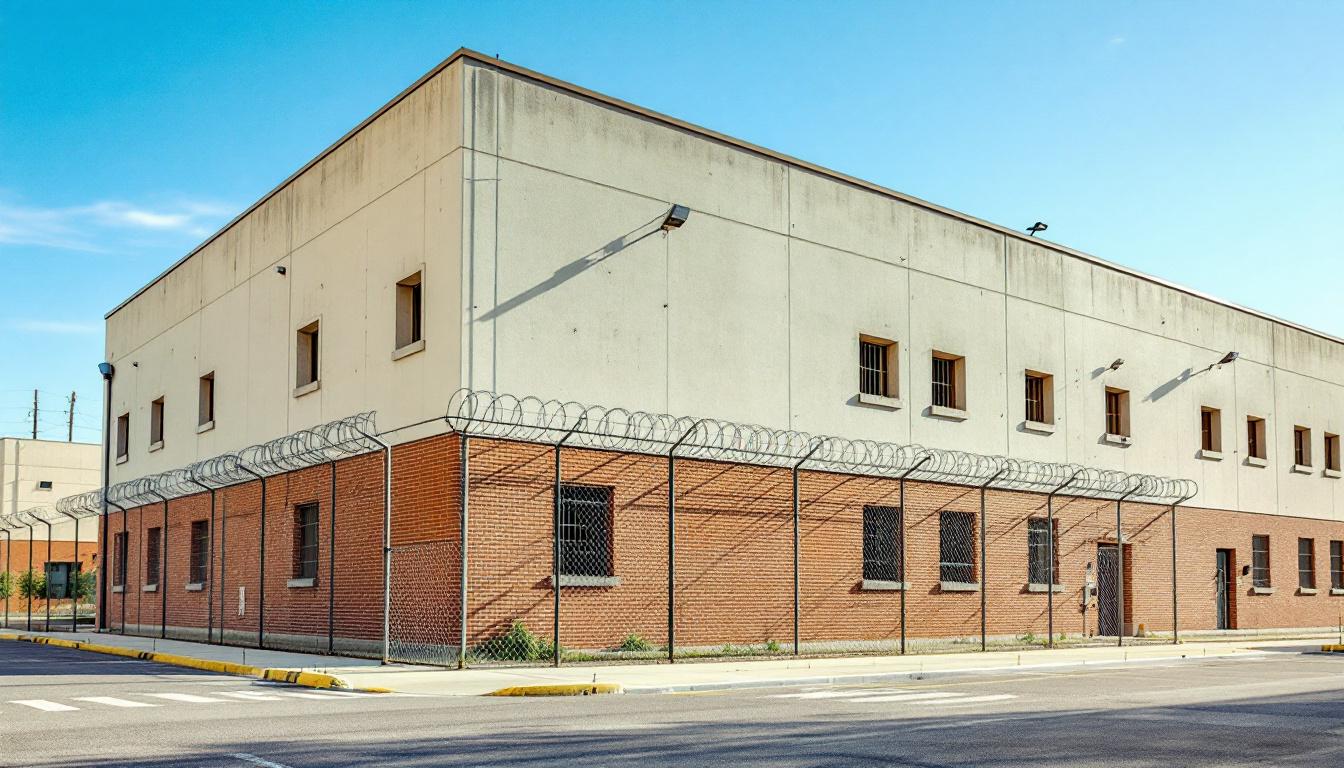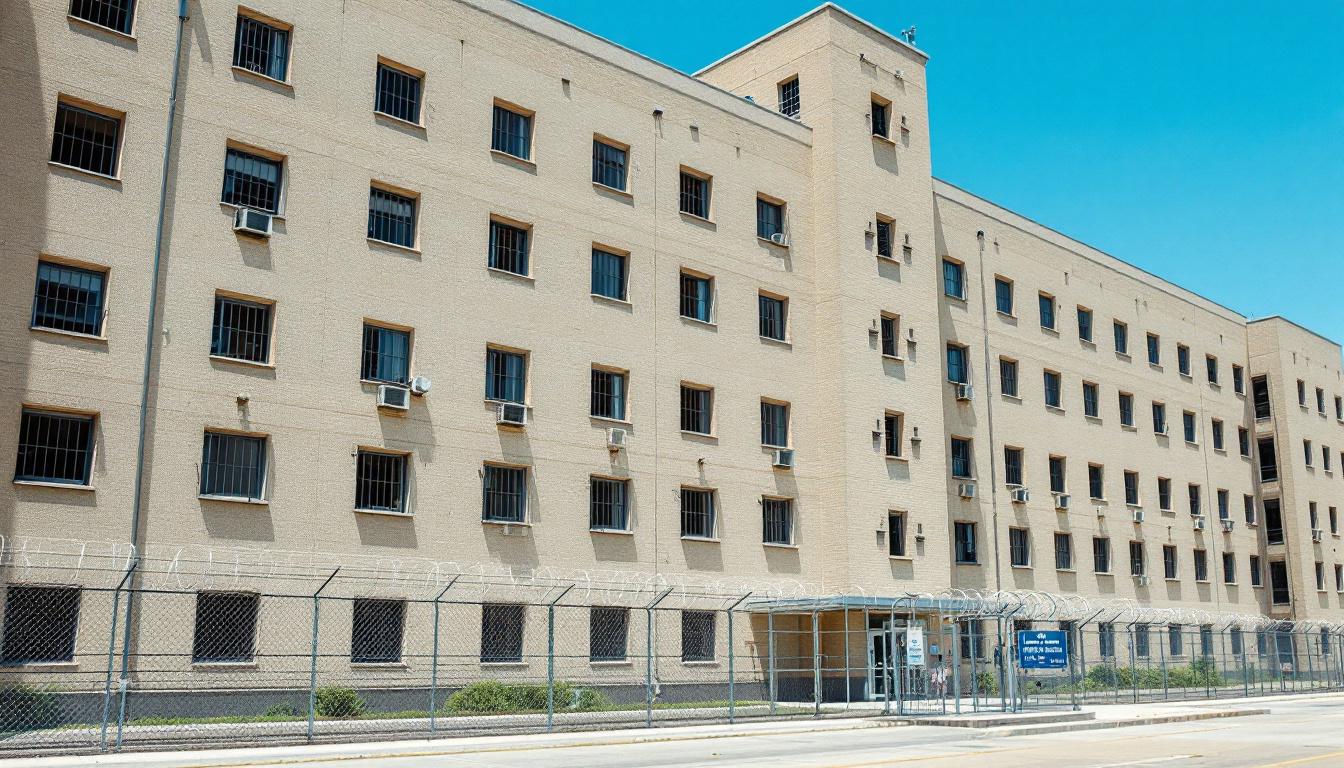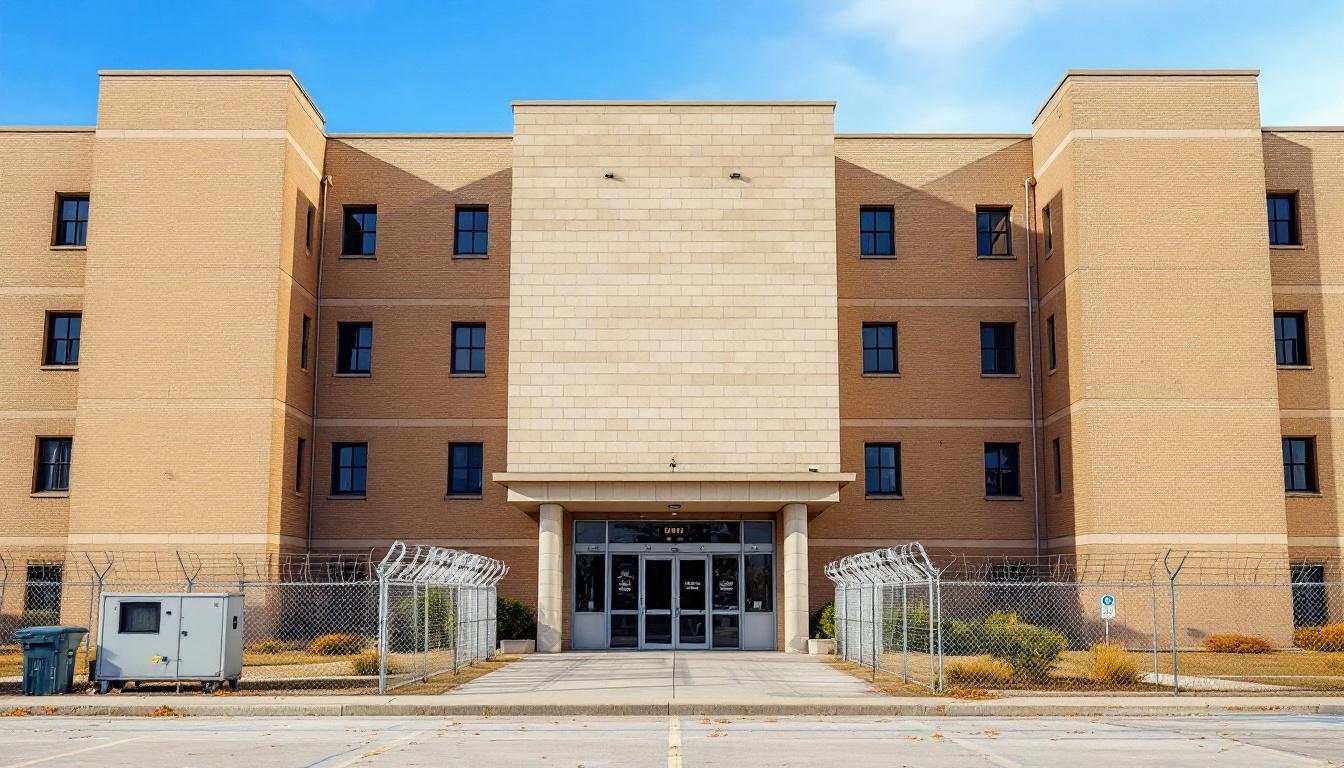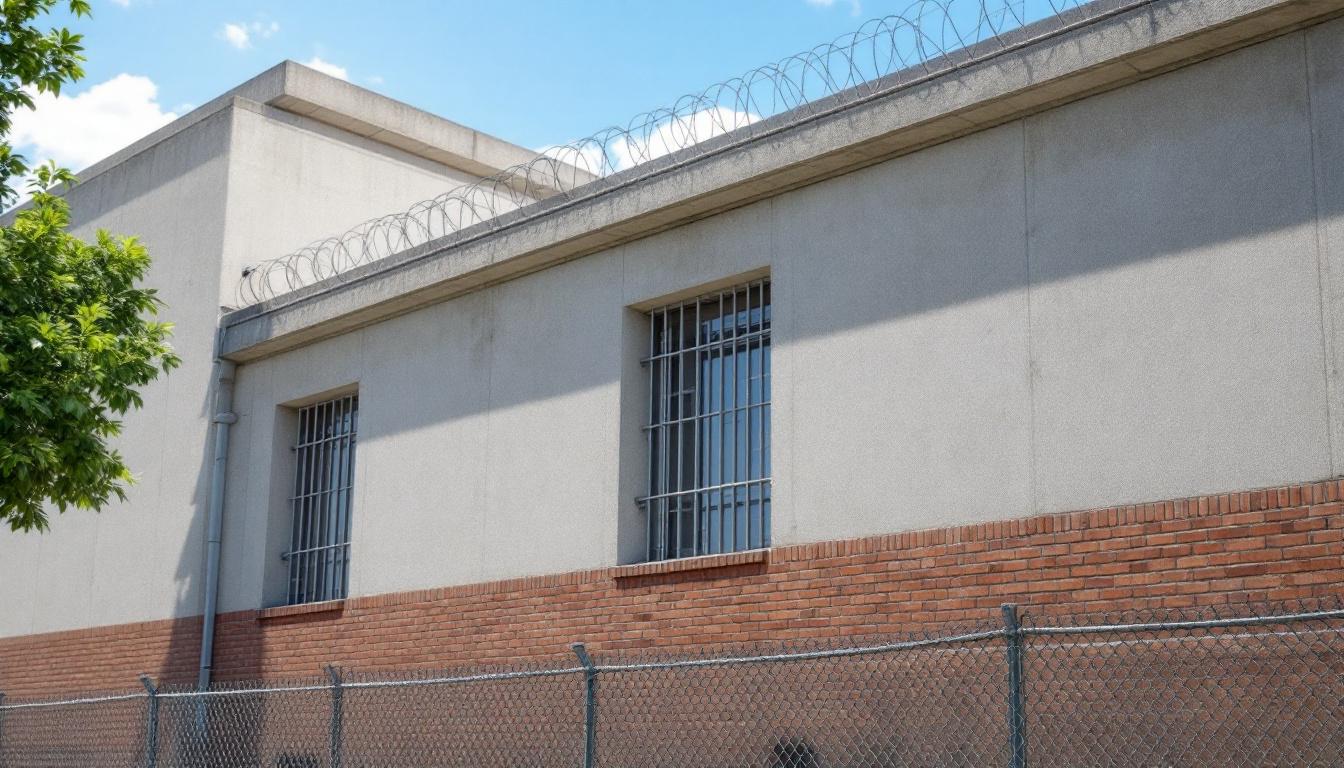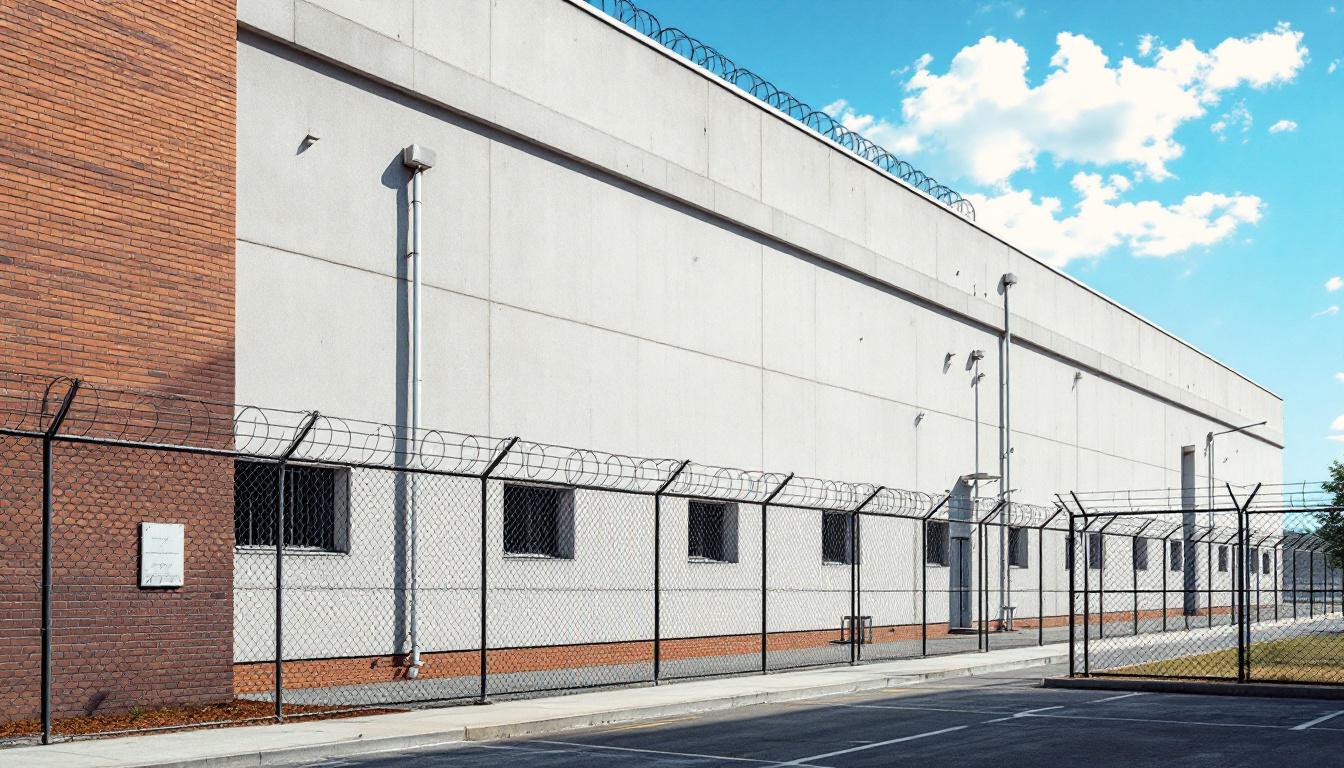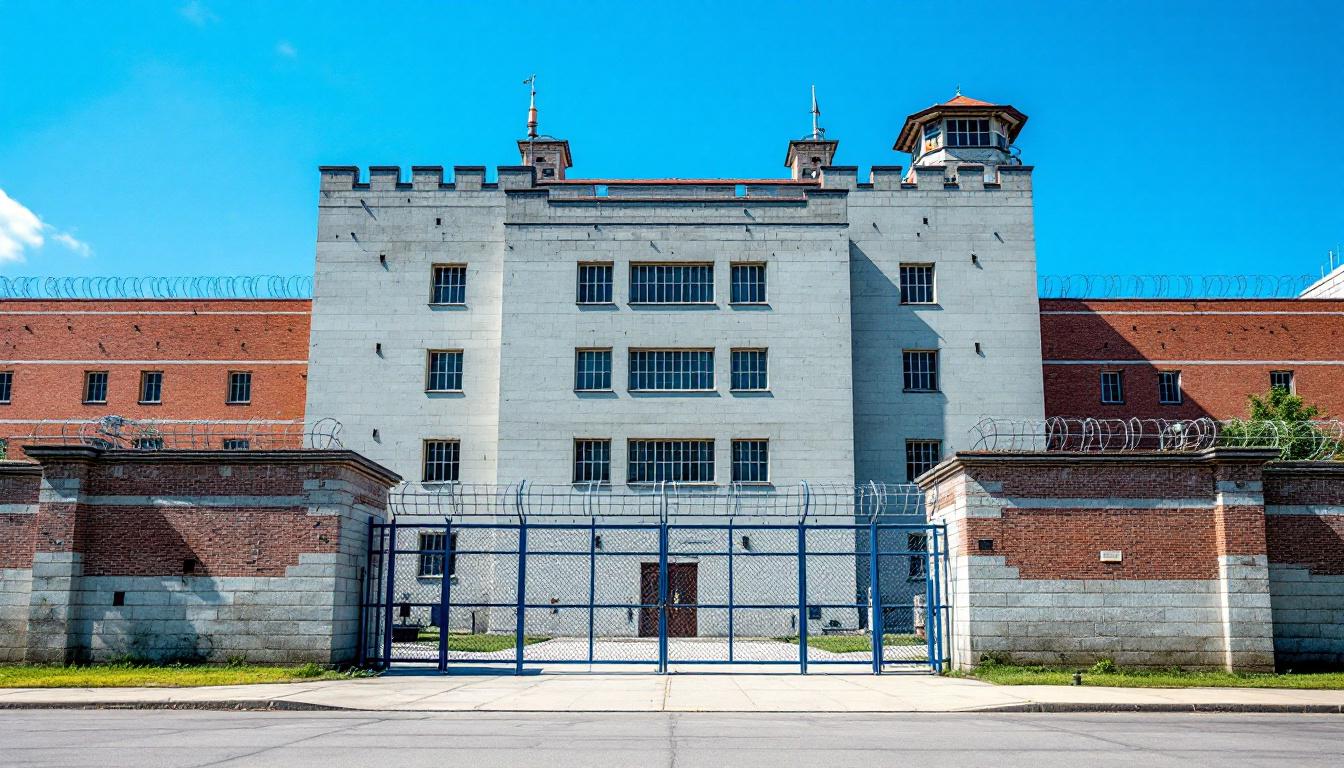
Quick Navigation
How to contact an inmate at Salinas Valley State Prison
This comprehensive guide will walk you through how to connect with an inmate at Salinas Valley State Prison. Follow the steps below to find an inmate and send letters and photos:
- Search for the inmate using our search tool below
- Create your account or log in to Penmate
- Write your message (up to 6,000 characters)
- Send instantly - inmates receive printed copies daily
Find an Inmate
Search for an inmate to start communicating today
Tip: You can search by first name, last name, or inmate ID number
To contact a person at Salinas Valley State Prison start by searching for the person on the official facility website. Perform a search by following these steps:
- Step 1: Enter their first name and last name into the search form and click "Search"
- Step 2: Locate their inmate record
- Step 3: Write down their Inmate ID and any housing information provided
Important! Be sure to enter the person's full name. Nicknames should not be used.
How to Send Messages to Inmates

You can use your phone or computer to send emails, letters, and photos to an inmate. Messages are sent electronically to inmate tablets or kiosks at the facility. If you would like to send a message, start by searching for an inmate at Salinas Valley State Prison.
Sending Photos and Postcards

A great way to send love and support to a loved one at Salinas Valley State Prison is to send photos and postcards. It only takes a few minutes to send photos from your phone and it makes a huge difference. You can also mail postcards with words of support and inspiration, or design your own postcard for special moments like birthdays and holidays.
Important! Be sure not to send any explicit photos or they may not be approved by the facility. You can also use a photo printing app like Penmate to make sure your photos are printed at the correct size (4x6 or 3x5) and are mailed according to the rules and regulations of Salinas Valley State Prison.
Frequently asked questions about Salinas Valley State Prison
-
How long does it take to deliver a message?
If you're sending an email message your letter is usually delivered within 24-48 hours. For messages sent via mail you should expect delivery within 3-7 days. All messages will need be approved by Salinas Valley State Prison.
-
How much does it cost to send a message to Salinas Valley State Prison?
You can send a message free using your phone or mail a message via USPS for the price of a $0.60 stamp and envelope. You can also purchase credits or e-stamps from services starting at $1.99.
-
What services can I use to contact an inmate at Salinas Valley State Prison?
Penmate
You can use Penmate to send letters and photos to an inmate from your phone. It's an easy way to stay in touch during your loved one's incarceration. Use the inmate locator to find an inmate's location and contact information, then you can send messages within a few minutes.
Securus messaging
Securus may be another option for communicating with an inmate at Salinas Valley State Prison. You can create a friends and family account and purchase credits to send messages. All messages will be reviewed and must be approved by the facility.
JPay
Some county jails and state prisons may support sending messages with JPay. You must register an account with the system, find your loved one, and purchase stamps to send messages. For some locations you can also attach photos.
Smart Jail Mail
You may also check if Smart Jail Mail is available at Salinas Valley State Prison. Smart Jail Mail is operated by Smart Communications and has contracted with some state and county jails. After purchasing credits, your messages and photos are sent to the facility, printed out, and then handed out to your loved one.
-
What is the mailing address of Salinas Valley State Prison?
Mailing address:
Salinas Valley State Prison
31625 US-101
Soledad, CA 93960
Phone: (831) 678-5500Business hours:
- Monday: 8:00 AM – 5:00 PM
- Tuesday: 8:00 AM – 5:00 PM
- Wednesday: 8:00 AM – 5:00 PM
- Thursday: 8:00 AM – 5:00 PM
- Friday: 8:00 AM – 5:00 PM
- Saturday: Closed
- Sunday: Closed
-
What are the visiting hours at Salinas Valley State Prison?
Visiting hours at Salinas Valley State Prison vary by housing unit and security level. Generally, visits are scheduled on weekends and holidays, with some facilities offering weekday visits. Contact the facility directly at (831) 678-5500 or check their website for the current visiting schedule. Visits typically last 30-60 minutes and must be scheduled in advance.
-
What items are prohibited when sending mail to Salinas Valley State Prison?
Prohibited items typically include: cash, personal checks, stamps, stickers, glitter, glue, tape, staples, paperclips, polaroid photos, musical or blank greeting cards, hardcover books, magazines with staples, and any items containing metal or electronics. Only send letters on plain white paper with blue or black ink. Photos must be printed on regular photo paper (no Polaroids). Always check with Salinas Valley State Prison for their specific mail policies.
-
How do I send money to an inmate at Salinas Valley State Prison?
You can send money to an inmate at Salinas Valley State Prison through several methods: 1) Online using JPay, Access Corrections, or the facility's approved vendor, 2) Money orders mailed directly to the facility with the inmate's name and ID number, 3) Kiosks located in the facility lobby, or 4) Over the phone using a credit or debit card. Fees vary by method, typically ranging from $2.95 to $11.95 per transaction.
-
Can I schedule a video visit with an inmate at Salinas Valley State Prison?
Many facilities now offer video visitation as an alternative to in-person visits. At Salinas Valley State Prison, video visits may be available through services like Penmate, Securus Video Connect, GTL, or ICSolutions. Video visits typically cost $10-20 for 20-30 minutes and must be scheduled in advance. You'll need a computer or smartphone with a camera and reliable internet connection. Contact the facility for their specific video visitation policies and approved vendors.
-
What identification do I need to visit an inmate at Salinas Valley State Prison?
All visitors must present valid government-issued photo identification such as a driver's license, state ID, passport, or military ID. Minors must be accompanied by a parent or legal guardian who can provide the minor's birth certificate. Some facilities require visitors to be on the inmate's approved visitation list, which may require a background check. Contact Salinas Valley State Prison for specific ID requirements and visitor approval procedures.
-
How can I find out an inmate's release date?
To find an inmate's release date at Salinas Valley State Prison, you can: 1) Use the online inmate search tool if available, 2) Call the facility's records department, 3) Contact the inmate's case manager or counselor, or 4) Have the inmate provide this information during a call or visit. For privacy reasons, some facilities only release this information to immediate family members.
Facility Overview
Contact Information
Salinas Valley State Prison31625 US-101
Soledad, CA 93960
Phone: (831) 678-5500
Official Website
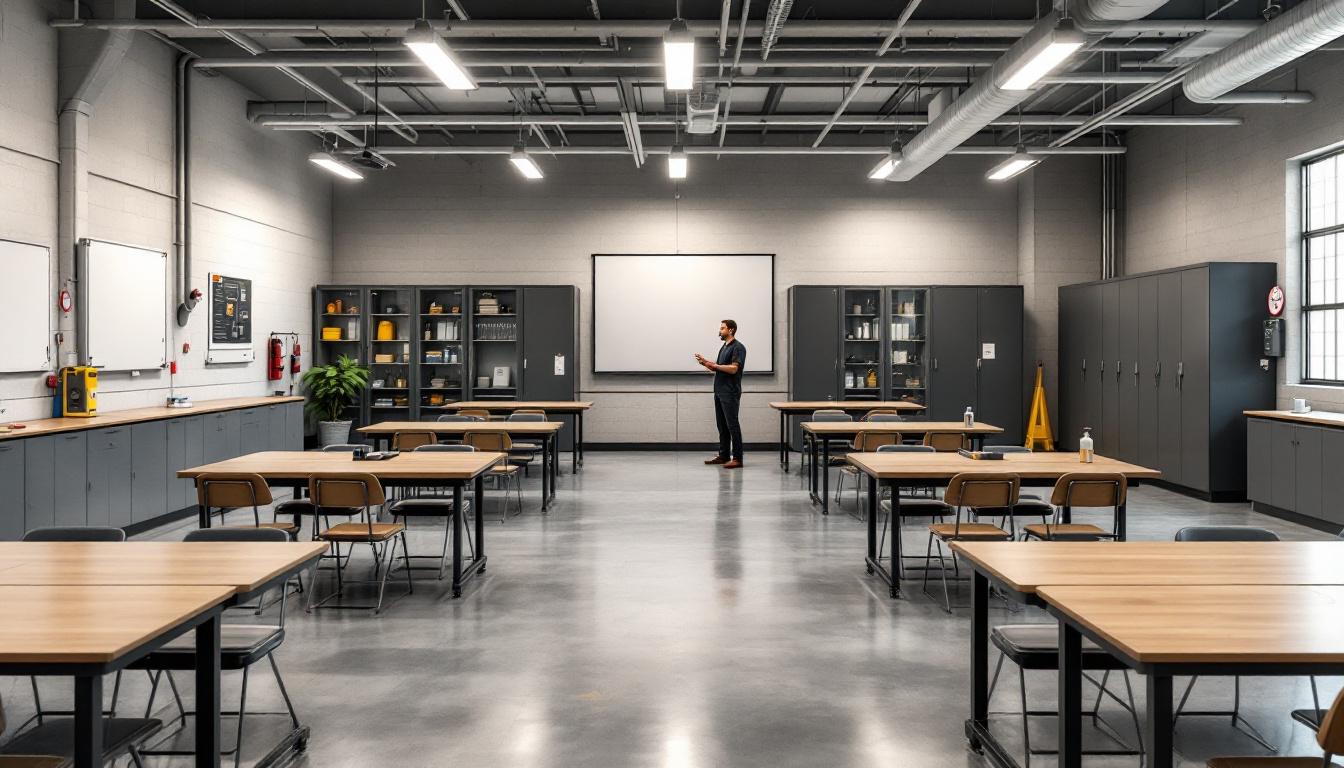
About Salinas Valley State Prison
Nestled within the Silicon Valley community of Milpitas, California, Elmwood Detention operates as a key component in the state's broader correctional framework, serving residents while maintaining strong connections to the surrounding neighborhoods. This CA correctional facility balances security requirements with community-centered approaches that typically emphasize successful reintegration outcomes. The detention center's location within Santa Clara County positions it strategically to support both immediate detention needs and longer-term rehabilitation goals that align with California's evolving correctional philosophy.
The facility generally focuses on providing residents services that may include educational opportunities, vocational training programs, and counseling support designed to address underlying factors that contribute to criminal behavior. These programs often work in coordination with state correctional goals, emphasizing skill development and personal growth that can lead to reduced recidivism rates. Mental health services and substance abuse treatment are typically available, reflecting the facility's commitment to addressing the complex needs of its population through evidence-based approaches.
Community partnerships often play a vital role in supporting successful transitions, with local organizations frequently providing resources that extend beyond the facility's walls. The detention center may offer family visitation programs and communication services that help maintain important relationships during incarceration periods. Through these comprehensive approaches, Elmwood Detention typically works to ensure that residents have access to tools and support systems necessary for positive outcomes upon their return to the Milpitas community and beyond.
Programs & Services
Educational initiatives form the cornerstone of rehabilitation efforts, with residents gaining access to comprehensive learning opportunities that address both academic deficiencies and life skills development. The facility typically emphasizes a holistic approach to personal growth, recognizing that successful reintegration often depends on residents acquiring practical skills and completing their educational goals. These initiatives may deliver structured programming that builds confidence while addressing the underlying factors that contribute to criminal behavior.
High school diploma programs serve residents who previously left their education incomplete, offering flexible scheduling that accommodates various learning levels and backgrounds. Additionally, vocational training initiatives often include hands-on instruction in trades that provide marketable skills upon release. These educational components typically focus on practical applications, helping residents develop both technical competencies and the discipline required for sustained employment in their communities.
Communication skills development forms a vital part of the support services, as residents often benefit from learning effective interpersonal strategies for personal and professional relationships. Rehabilitation programs may deliver cognitive-behavioral approaches that help individuals understand behavioral patterns and develop healthier coping mechanisms. Additionally, specialized therapeutic initiatives such as sex offender treatment typically provide intensive counseling designed to address specific behavioral issues through evidence-based methodologies, ensuring residents receive appropriate clinical support during their incarceration.
Daily Life & Visitation
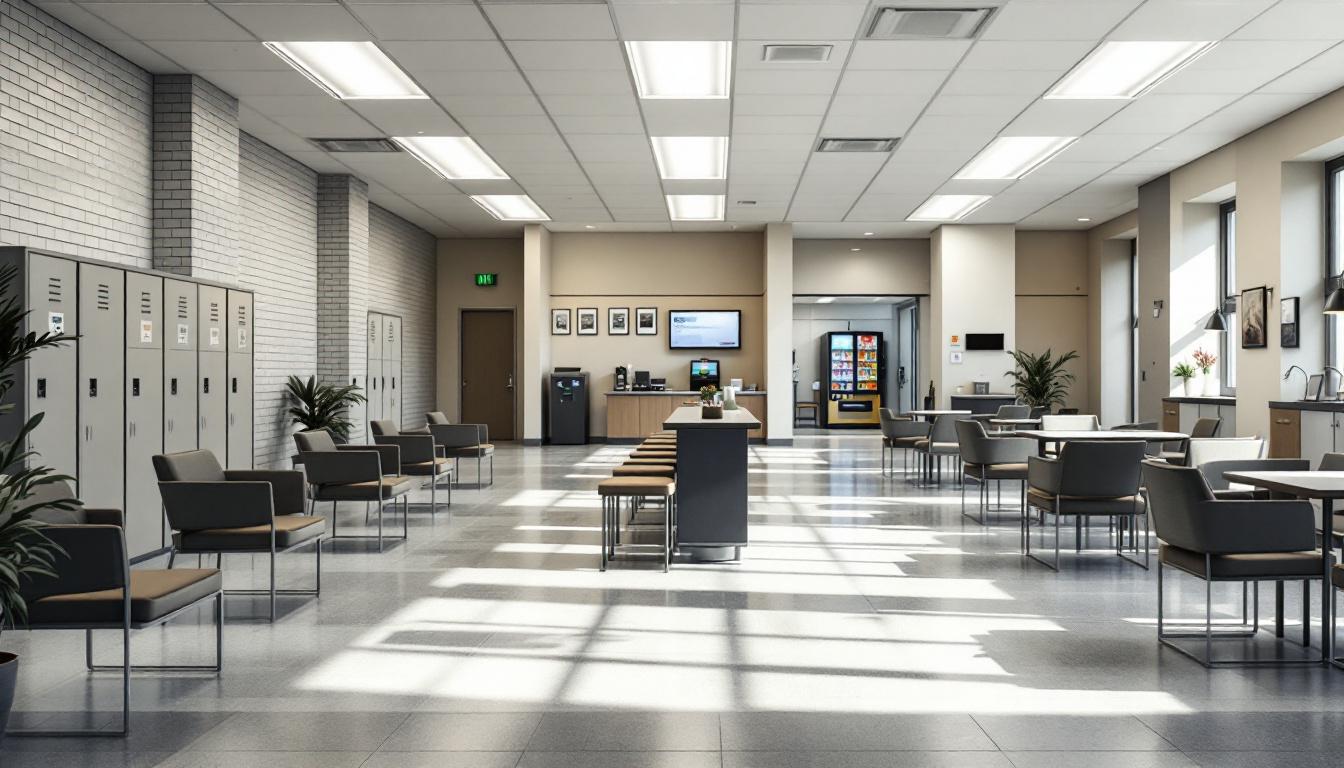
Structured routines form the backbone of daily operations, with residents following established schedules that deliver consistency and predictability throughout each day. At present, the facility actively maintains organized meal times, housing assignments, and programming blocks that help residents adapt to institutional life. Generally, days begin early with scheduled counts and breakfast service, followed by work assignments, educational programming, or recreational periods that typically rotate based on housing unit schedules.
Living accommodations consist of housing units designed to manage different custody levels and population needs. Residents typically share cells or dormitory-style housing, with personal property allowances that usually include basic hygiene items, approved clothing, and limited personal effects. Additionally, commissary services provide opportunities for residents to purchase approved items using funds from their accounts, while dining arrangements deliver three scheduled meals daily in designated areas within each housing unit.
Recreation and exercise opportunities generally include outdoor yard time and indoor activities, though availability may vary based on facility operations and security requirements. While maintaining institutional security remains the primary focus, visitation policies typically allow approved family members and friends to schedule visits during designated hours and days. Programming schedules often include educational classes, vocational training, and work assignments that may involve kitchen duties, facility maintenance, or laundry services, providing residents with structured activities that support daily operations while offering skill development opportunities.
Ready to Connect?
Start communicating with your loved one today
Search for an Inmate
